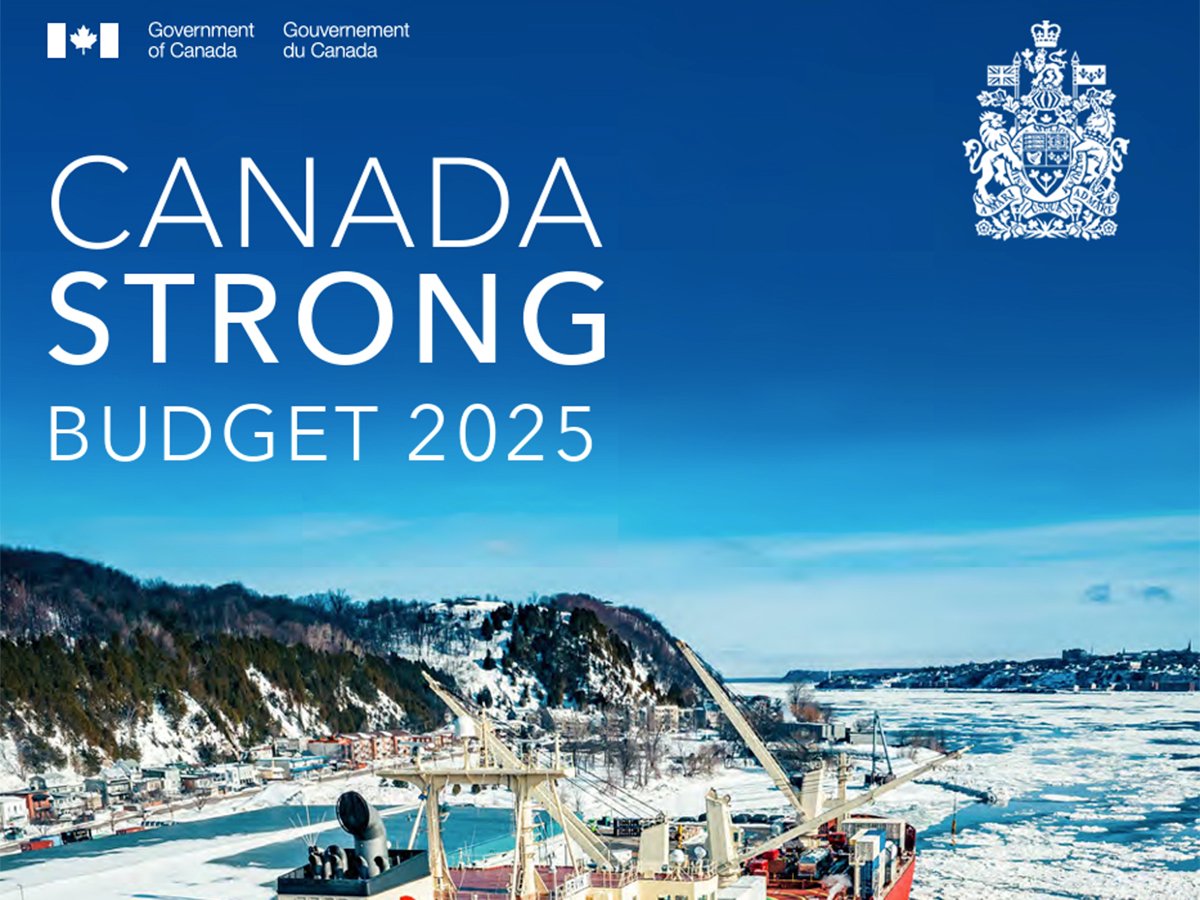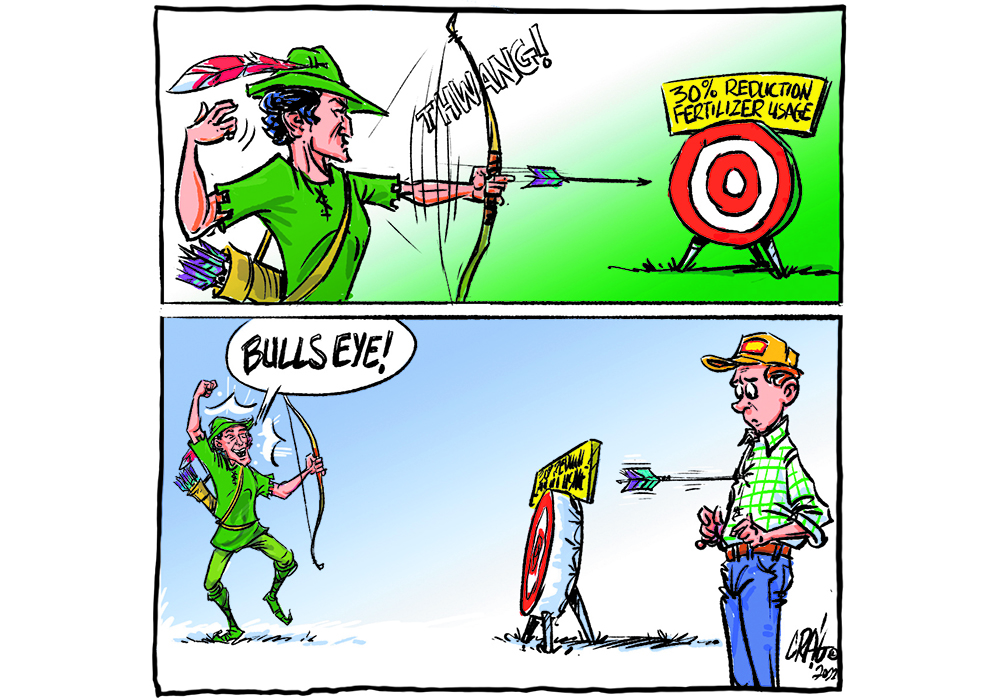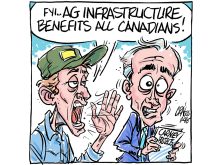Reducing waste on the farm requires that anything used to produce a yield, a plant or an animal has as few byproducts as possible.
Greenhouse gases are among those byproducts. Waste water is another, as are manure, poly products for wrapping feeds or grain, dust and weed seeds. If it leaves the farmyard and producers didn’t get paid for it, it was wasted.
That thinking has led farmers to reduce tillage and increase continuous cropping across Western Canada. They didn’t do this from a desire to reduce carbon emissions or improve soil for reasons that don’t result in higher margins or better production.
Read Also

Budget seen as fairly solid, but worrying cracks appear
The reaction from the agriculture industry to prime minister Mark Carney’s first budget handed down November 4th has been largely positive.
They did it for economic purposes and the related opportunities to survive and expand. These activities were tremendously effective at reducing carbon emissions and improving carbon storage, yet there were no government incentives offered in order to achieve these outcomes.
Low grain and livestock prices, high input and land costs and limited government supports have a way of focusing the minds and sharpening the pencils of producers.
Incentives to buy better grain dryers and build more efficient barns, and purchase other basic tools are helpful, but they won’t help save the planet.
Nor will they help farmers’ bottom lines when commodity prices fall.
Big carbon tax bills levied in a world where Canadian producers compete directly with farmers who don’t pay those fines won’t build a sustainable farming system or a stable rural Canada.
This doesn’t seem to be recognized in the federal government’s recently released national greenhouse gas emission plan. Agriculture can’t be expected to make deep reductions in emissions with the technology that exists today.
The federal plan calls for a three percent reduction in agricultural emissions, as they were estimated in 2019, to be achieved by 2030.
Cover crops are mentioned as one way to help achieve that goal, but this is most effective in central Canada. Nearly all farmed land on the Prairies has moved away from tillage, with the exceptions of organic operations, specialty crops and areas where water erosion has been an issue.
Since 2005, the benchmark year for Canada’s greenhouse gas reduction plan, fertilizer use has risen by more than 70 percent. All of that was done to increase yields and much of it occurred in years when the potential for bigger crops with better returns was present.
The federal call to reduce fertilizer emissions by 30 percent may have initially been made without consideration for the loss of crop production. Farmers make choices about fertilizer application based on economics and potential returns. They plot price and yield against the costs of production. Waste isn’t a factor because excess fertilizer use constitutes greater expense for no return.
Better crop genetics that make more efficient use of fertilizers, and livestock tools that improve animals’ abilities to process feed with fewer emissions, are among the investments governments can make to control greenhouse gas emissions from agriculture.
National policies should encourage farmers to aim for the largest production from the lowest amount of inputs and at the lowest cost.
Policies that require reductions in yields or herd sizes in this, one of the most environmentally efficient farming regions on the planet, will only shift production to less efficient regions with fewer rules about carbon release.
Canada needs to produce more and farmers need to be released from disincentives to do it.
Karen Briere, Bruce Dyck, Barb Glen and Mike Raine collaborate in the writing of Western Producer editorials.















